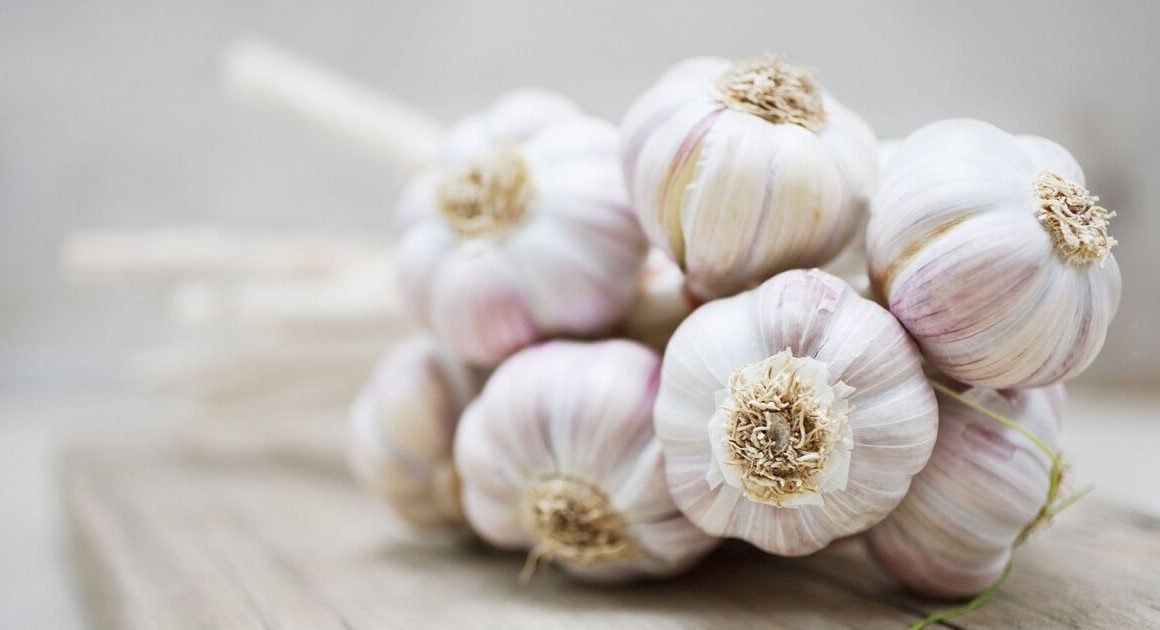Pruning is essential for various reasons it boosts harvests, helps new trees and shrubs thrive, spurs flowering, shapes plants, cuts away diseased wood, and enhances vigour.
These tasks are best tackled in winter when bare branches simplify shaping shrubs and identifying unhealthy growth.
Andy Tait, a gardening guru from True Green Nursery, has shared three plants that need a winter trim and the optimal pruning method.
He explained: “These are the garden plants that should be pruned in winter, and the best way to prune each of them.
“Pruning is essential for keeping your plants healthy and ensuring they produce an abundance of blooms during the growing season.”
1. Forsythia
With their early spring bloom, forsythias inject a splash of vibrant yellow into the garden, becoming a standout feature if pruned correctly. Andy pointed out: “Forsythias should be pruned in winter when it is dormant.”
It’s crucial to remember that after severe pruning, forsythias won’t flower the following spring.
The expert said: “To do this, cut back any old woody stems by about one-third to encourage new growth for the next season.”
This not only prevents the bush from getting too dense but also promotes better airflow, which can help stave off diseases. Annual pruning is necessary for these plants to ensure they flower to their full potential and don’t become excessively large.
2. Spirea
The spirea shrub, admired for its long-lasting blooms, is a favourite among home gardeners. This versatile plant seamlessly integrates into various landscapes, offering a wealth of foliage and blossoms in the spring and summer.
A critical consideration for maintaining spirea’s appeal is proper pruning. According to Andy, “spirea needs to be pruned in winter when it is dormant”.
He added: “Pruning will help to promote more compact growth and encourage flowering. To prune, cut out any dead or diseased stems first then shorten the remaining branches by one third of their length.”
3. Hydrangeas
When it comes to hydrangeas, flourishing blooms rely on appropriate pruning, along with fertilisation and correct placement.
Andy’s guidance for hydrangea care is crucial; he said: “Prune your hydrangeas in winter when they are dormant. Begin by removing any dead, damaged or diseased stems. Then shorten the remaining longer branches by one-third of their length.”
Following this advice is essential for hydrangeas that flower on new wood, as it fosters robust new growth that supports the next season’s flowers.












